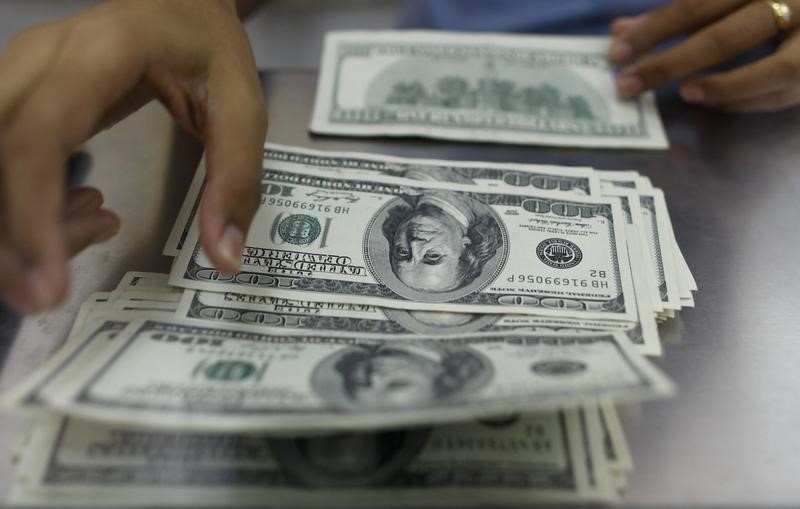* BOJ seen likely to hold pat, assessing negative rate impact
* Investors await Kuroda press conference
* Fed also seen steady, and could hint at future hikes
By Lisa Twaronite
TOKYO, March 15 (Reuters) - The dollar was steady in Asian trade on Tuesday, with the yen on deck as investors waited for the outcome of the Bank of Japan's two-day policy meeting later in the session.
Next up will be the U.S. Federal Reserve, which begins its own two-day policy meeting on Tuesday.
The dollar was nearly flat against its Japanese counterpart at 113.78 yen JPY= , while the yen edged down slightly against the euro to 126.31 EURJPY= .
Most investors expect the central bank to hold policy steady, as Governor Haruhiko Kuroda has said he hopes to spend more time assessing the impact on the economy of its negative interest rate policy that it unveiled in January. additional easing steps would likely take the form of a modest increase in asset purchases, some analysts say.
Investors await Kuroda's post-meeting press conference at 0630 GMT.
"Kuroda will face some awkward questions on why the yen is significantly stronger now than before negative rates were revealed," Sean Callow, senior currency strategist at Westpac, said in a note.
The euro was little changed at $1.1101 EUR= , within sight of last week's one-month high of $1.1218 touched after the European Central Bank chief Mario Draghi followed the bank's extensive easing on Thursday with comments suggesting further cuts were unlikely.
The dollar was steady against a basket of currencies, with the dollar index .DXY at 96.612, holding well above a one-month low of 95.938 hit on Friday.
The Fed is seen standing pat on interest rates, and could also make clear that future hikes are on its agenda despite concerns about the strength of the global economy, as long as U.S. inflation and jobs continue to strengthen.
On Monday, an increasingly important gauge of U.S. inflation rebounded last month from record low levels, adding to other firming price measures that could help pave the way for futures Fed interest rate hikes. have noted that the global situation appears much calmer than it did in January, when the Fed noted the U.S economic slowdown, the decline in inflation, and external factors including China and oil prices.
"Markets are now pricing in a 25 percent chance the Fed moves by the end of the April meeting, 60 percent chance by the June meeting and 100 percent by November," wrote Steven Englander, global head of G10 foreign exchange strategy at CitiFX in New York.
"Investors have to ask themselves whether the Fed likes these odds, and will validate them, or try and shift expectations in one direction or another," he said.
